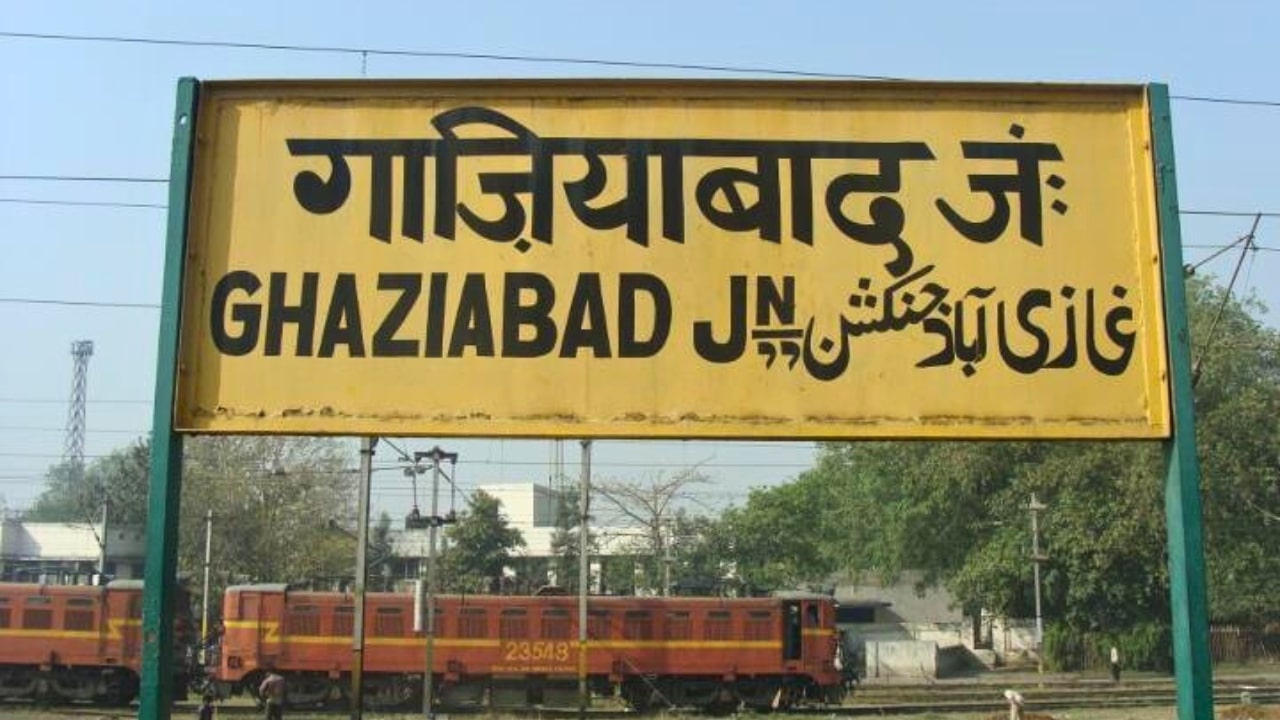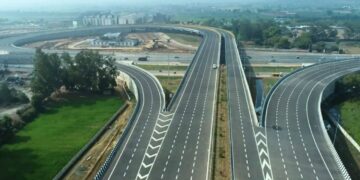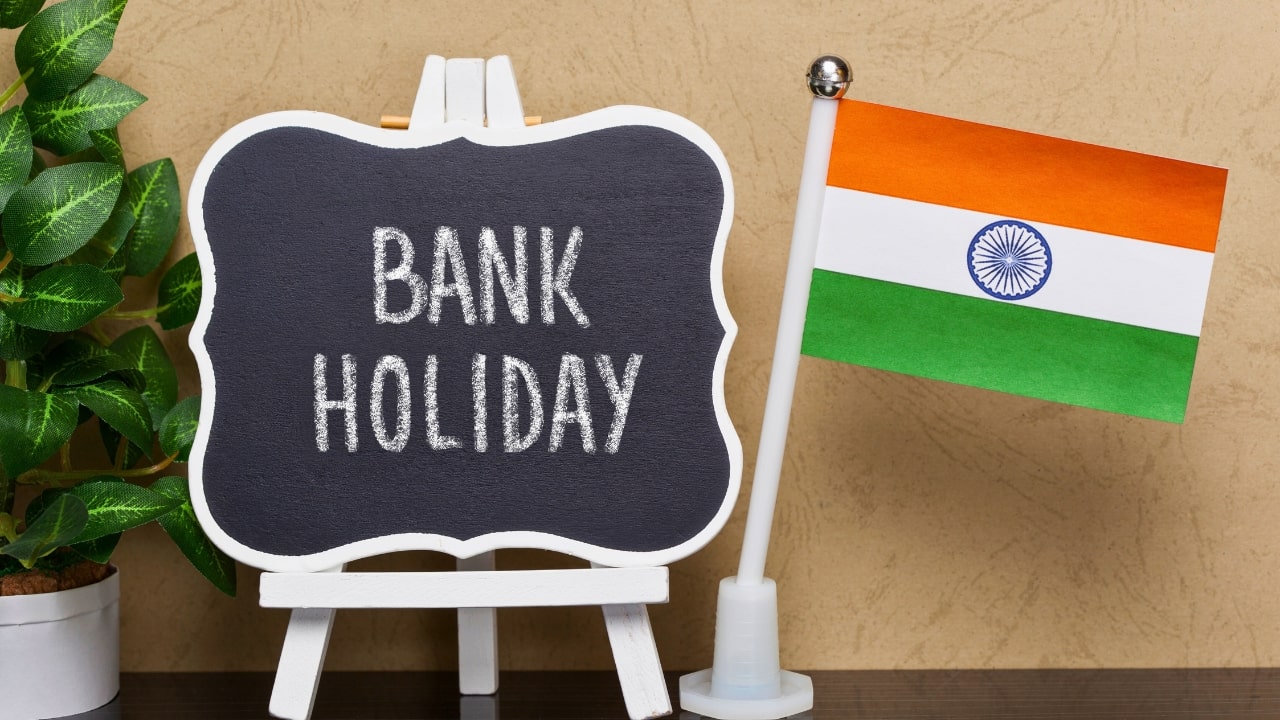A meeting of Ghaziabad Municipal Corporation was held on Tuesday, with many agendas. But there was a special agenda related to changing the name of Ghaziabad. The BJP councillors passed the proposal to change the name, and 95 councillors approved the name change. That means the first milestone of changing the name has been crossed.
Mayor Sunita Dayal said whether Ghaziabad will be named Gajnagar, Gajprastha, Gajpura, or Harnandi Nagar has been left to the Uttar Pradesh government. Amidst all this, we will tell the history of Ghaziabad adjacent to Delhi.
Ghazi Ud Din Was The Founder Of Ghaziabad
To understand the history of Ghaziabad, we have to go through history. In a way, the Mughal rule counted its last breaths in the 18th century. The Mughal emperor was now only an emperor in name. Even big decisions were taken by his commanders and vassals.
One of those names was Ghazi-ud-din. Ghazi ud Din, a vassal of Mughal emperor Muhammad Shah, was said to be a visionary. He understood that something had to be done so that he could be recorded as a big name in Islamic history. In that connection, he established a town on the banks of the Hindon River in 1740, and Ghaziabad was first named Ghazi-ud-din Nagar after his name.
The British Changed The Name
The Grand Trunk Road from Kolkata to Peshawar also passed through this town, and gradually, this town started taking the shape of a city. This city contributed to the First War of Independence in 1857.
When the British achieved complete victory in the war of 1857, he also started working in the field of infrastructure. When the railway line passed through this city in 1864, the British shortened the name of Ghazi-ud-din Nagar to Ghaziabad. During British rule, it was a part of the Meerut district. However, after independence, Ghaziabad separated from the Meerut district and became independent.











